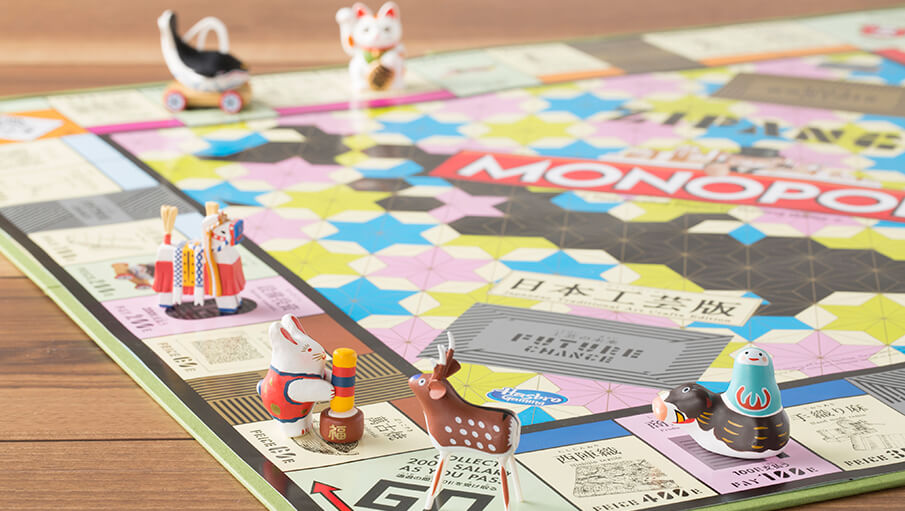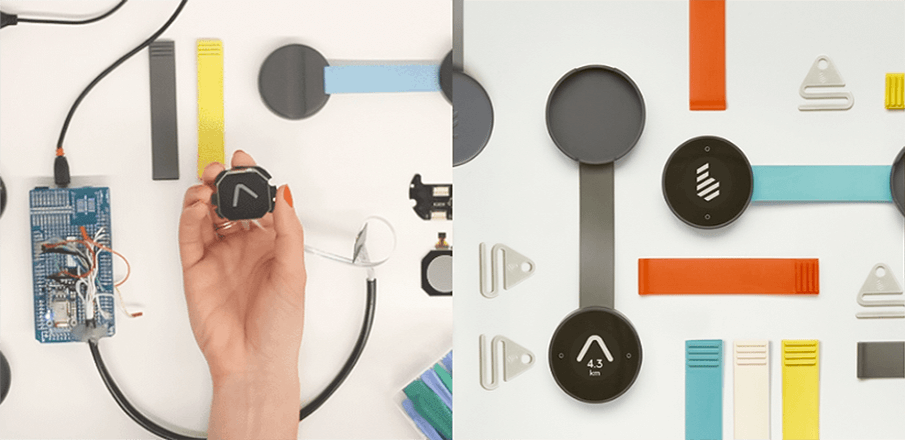ゲームのデザインから「ゲーミフィケーション」へGame design & gamification
こんにちは。イブです。
以前、音楽や心理学などについての記事を書かせていただきましたが、私はゲームも大好きです。
大学に入った頃からゲームはしなくなってしまいましたが、スクリーンの前でコントローラーを握っている時間は、紛れもなく最高の時間でした。
そしていつも疑問に思っていました。どうしてゲームにこんなにも病みつきになってしまうんだろう?そんなゲームの性質は、別のデザインに応用することはできないだろうか?と。
ゲームの「中毒性」はどのように作られるのか
私以外にも多くの人が同じ疑問を持っていたようで、ここ数年でゲームの「中毒性」に関する数々の研究がされてきました。
私の発見したことをいくつか紹介し、面白いビデオをシェアしたいと思います。
ゲームデザイナーのジェーン・マクゴニガルは、彼女のTEDスピーチの中で、ゲームを中毒にさせるにはいくつかの要素があるといいます。
ゲームには世界を救うような壮大なミッションがあり、それを手助けしてくれる仲間がたくさんいます。特に大人数参加型オンラインゲーム(MMOGs)では、ポイントの通過の仕方、レベルアップの仕方など、常にフィードバックを得ながらゲームを達成できます。その達成感により、私達は知らず知らずのうちにゲームにのめり込んでいくのです。
様々な分野で応用 「ゲーミフィケーション」
この手法は、マーケティングなどの様々な分野でよく使われています。
ポイントやバッジを集め、それによってレベルアップしていくような形態のキャンペーンは、ウェブサイトなどでよく見かけますよね。これはゲーム以外の分野でゲームの要素を応用する、“gamification(ゲーミフィケーション)”と呼ばれる手法です。
ゲーミフィケーションの他の例としては、プレイヤーを楽しませると同時に教育もするよう設計された「シリアスゲーム」が挙げられます。

引用元:http://www.news.com.au/
例えば米軍によって作られた、兵士になりきってプレイできる“America’s Army”というゲームがあります。このゲームは米軍の活動を魅力的かつ現実的に伝えることにより、新兵を採用することを意図して作られました。
ゲームに視覚、聴覚、触覚を巻き込む
しかし、どうしてそれほどゲームに「没頭」するように作ることができるのでしょうか。
没頭(Immersive)とは、「何かに深く関与され、巻き込まれていること」と定義されます。ゲームのプレー中は、完全に別の現実に引き込まれてしまう感じになりますよね。
心理学者のジェイミー・マディガンは、ゲームへの没頭に関与するものについて、興味深い記事を書いています。
彼の記事によれば、ゲームは視覚、聴覚、触覚など、人間の様々な感覚が関係しています。その全てをフル活用し、非常に現実感のある、理にかなった仮想世界を作り上げているのです。
あらゆる方法でゲーム環境と相互作用し、例えばアイテムをゲットできたり、壮大なストーリー性を持たせるなど、のめり込む要素をたくさん作ります。
身体の感覚を使って強い没入感のあるゲームを作ることは難しく感じられるかもしれませんが、それを簡単にできる数々のデバイスが開発されてきました。
例えば、キネクト。これはゲームをする時に体全体を使ってプレーすることで、より一体感を持って参加することができます。
そして、オキュラスリフトはおそらく最も重要なデバイスです。頭の動きに対応するバイノーラルオーディオと3D映像を使って、確実に今までより怖いホラーゲームなどを作る事ができます。
ゲームの世界に学び、現実をもっと豊かに
ゲームになぜ夢中になるのか、それをどのように他のデザイン分野に応用できるのか、お伝えすることができたでしょうか。
ゲームから学んだことをデザインに活かすことで、現実の世界をより刺激的で面白く出来るのではないかと思っています。
原文はコチラ
日本語版翻訳:舘 紗也子
Next to music and psychology, games are also a big interest of mine. Although I stopped playing games when I started studying, I have definitely spent a great deal of my life in front of a screen with a joystick. It made me wonder: What makes games so addictive? And how can aspects of game design be used in other types of design?
I am not the only one with this question, and much research has been done on this topic over the last years. I’ll briefly discuss some findings and share videos and articles which I find interesting.
Jane McGonigal explains in her TED speech some of the factors that can make games so addictive.
Amongst those are having an ‘epic mission’ like saving the world, having people around that are willing to help you in your epic mission, especially in massively multiplayer online games (MMOGs), and getting constant feedback on how you are doing via points and levelling up.
Especially this last aspect is often used in non-game related fields, such as marketing. You have probably seen plenty of websites which award you with points, badges, and enable you to level up. This is an example of gamification, which is defined as applying game elements in a non-game context.
Another example of gamification are ‘serious games’, which are primarily designed to educate the player instead of entertain them.
画像
The US military for example designed a game that enables you to take the role of a soldier. This game was meant to attract new recruits, by showing them in an engaging and realistic way what it’s like to be in the US military.
The aspect of games I find most interesting though is how they manage to be so immersive. Immersive is defined as a ‘deep involvement in something’, and causes one to completely feel involved in another reality when playing a game. Madigan has written an interesting article on what contributes towards immersion in videogames.
These factors include engaging the senses (vision, sound, touch, etc.), and having a strong coherent virtual world that makes sense, even though it might be unrealistic. Being able to interact with one’s environment in many different ways also helps, like being able to pick up objects, and having a strong narrative or story.
Creating a strong sense of immersion might seem harder than giving continuous feedback, but many devices have been developed lately that make this much easier. The Kinect is an example of this, which encourages a user to use their whole bodies while playing a game. But the Oculus Rift is probably one of the most important developments in this respect. With 3D vision and binaural audio that is responsive to one’s head movements, it definitely makes horror games scarier than ever.
Hopefully I’ve given you a sense of what makes games so addictive, and how it could be applied in other design fields. I believe there’s much potential for other design field to learn from game design, and make designs and real life more exciting and interesting.
–>








